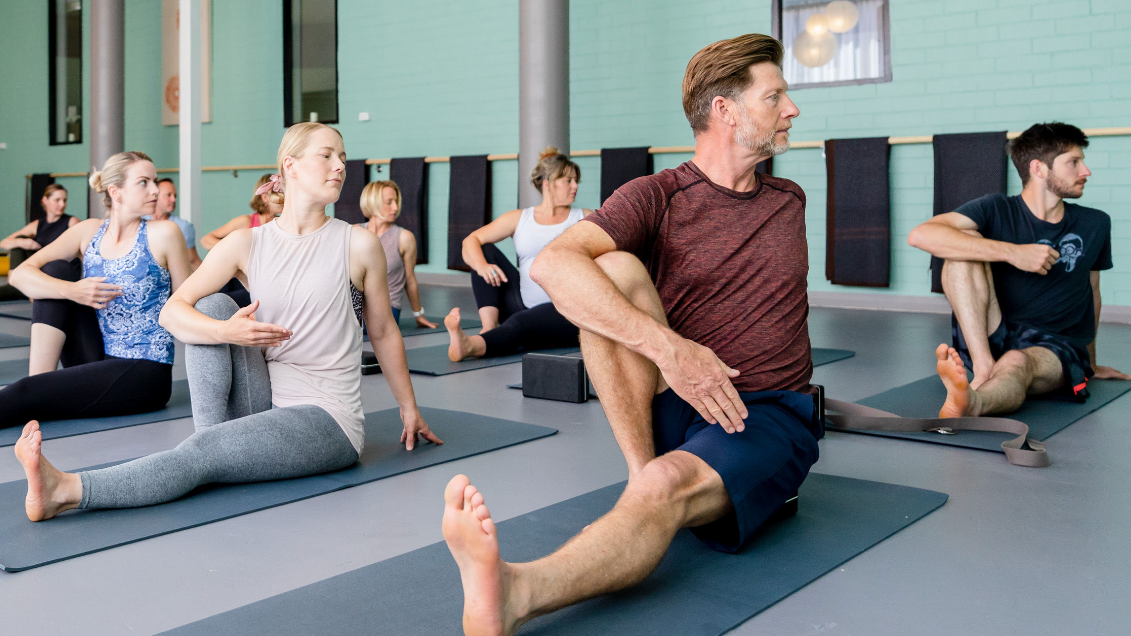Embracing opposite qualities
April 28, 2024
Vata is the dosha of autumn and is ruled by the two elements Ether and Air (the other elements being Fire, Water and Earth).
Cooler temperatures and the quick changes in our environment – think warm days suddenly becoming very cool, how quickly the mornings are becoming darker – these all increase the energy of Vata around us.
For us as humans living amidst this energy, an imbalance of Vata energy can manifest as feeling a little ungrounded from the cold wind, unsettled by routines that become disrupted as we transition from summer to winter activities and a feeling of coldness in hands, feet and within.
The antidote to a Vata imbalance is to embrace the opposite qualities – moving the energy of practice towards a state of feeling balanced, grounded and secure 💫
Physically this may mean exploring Skandasana, a side lunge that allows for exploration of different heights, arm positions and use of props to support yourself in this posture 😊
Focusing on lower body flexibility, hip mobility and core strength, learn to move through Skandasana in a way that suits you best, warming the body with movement so you can move into the sweet rest of savasana at the end of practice 💕


